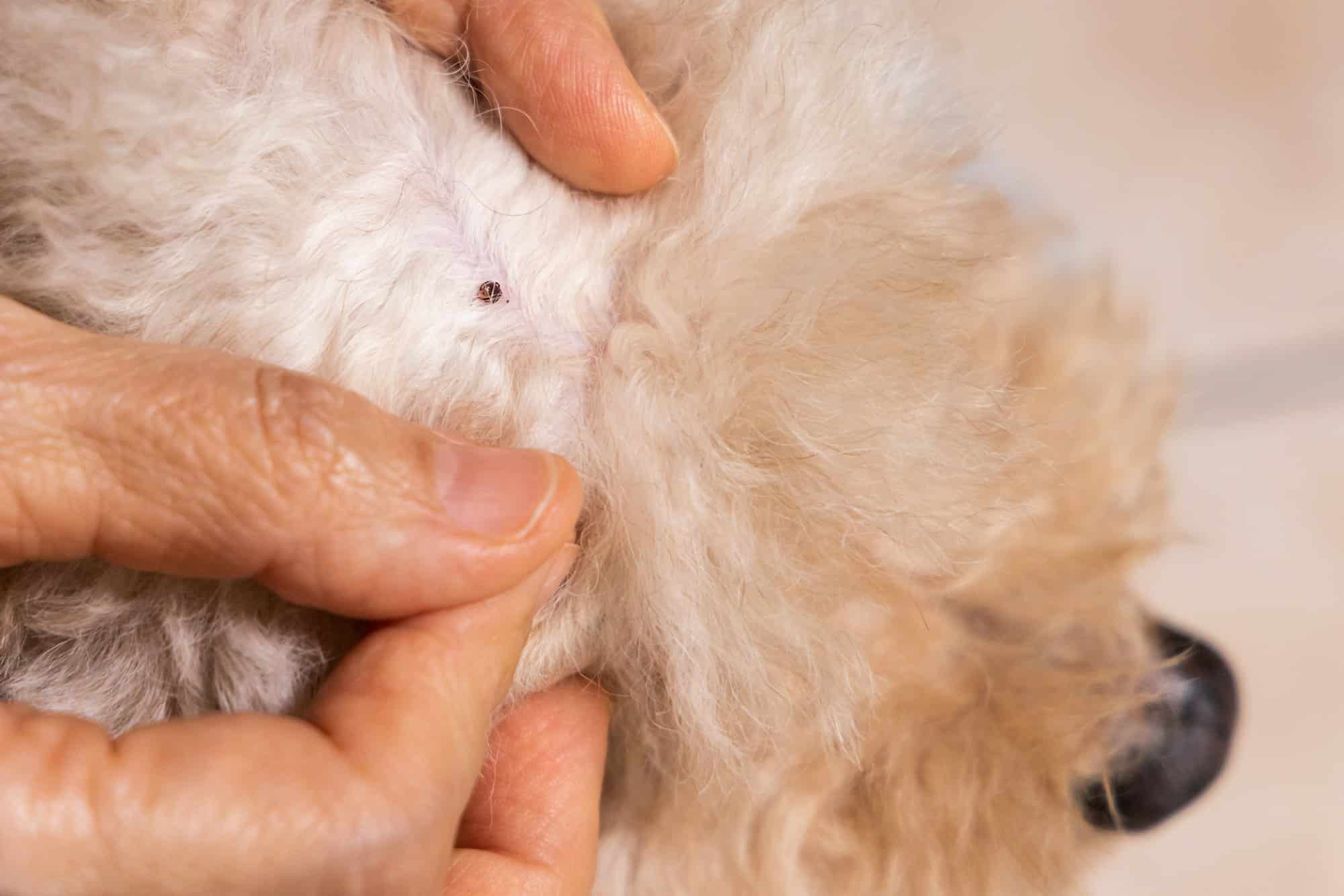What’s the best way to remove a tick from your pet without causing discomfort?

Tick removal from pets can pose a significant challenge, especially when your goal is to ensure minimal discomfort for your beloved dog or cat. Whether you’re a seasoned pet parent or a novice, the prospect of tick removal might seem daunting. Yet, these pesky creatures can’t be ignored. Not only are ticks irritating to your pet, but they also pose a risk of transmitting diseases. Therefore, it’s crucial to adopt a suitable and efficient method that alleviates your pet’s distress while safely removing these pesky parasites. This article will guide you through the best practices of tick removal, with a focus on tools such as tweezers and various tips for a seamless, pain-free process.
Understanding Ticks and the Risks They Pose
Before we delve into the removal process, it’s essential to understand what ticks are and why they’re a concern for your pet’s health. Ticks are small arachnids that attach to your pet’s skin to feed on their blood. If left unchecked, ticks can lead to a variety of diseases, such as Lyme disease and Anaplasmosis, which can have severe implications for your pet’s health.
This might interest you : Can socialization prevent behavior problems in rescue parrots?
While ticks can latch onto any part of your pet’s body, they usually prefer areas where the skin is thin such as around the ears, between the toes, and under the legs. Hence, regular checks are necessary to ensure your pet is tick-free. Use your fingers to feel for small bumps on your pet’s skin, especially if they’ve been outside in tall grass or wooded areas where ticks are commonly found.
The Right Tools for Tick Removal
When it comes to tick removal, using the correct tool is of utmost importance. Typically, tick removal tools like tweezers are recommended by veterinarians. Due to their precision, tweezers allow you to grip the tick without squashing it, reducing the risk of infection.
Additional reading : How to establish a safe play routine for dogs with intervertebral disc disease?
While there are specialized tick tweezers available in the market, regular pointed tweezers will serve the purpose just as well. Avoid using blunt or flat-tipped tweezers as they may not grip the tick effectively and could cause it to burst, increasing the risk of disease transmission.
Step-by-Step Guide to Tick Removal
So, how do you remove a tick from your pet using tweezers without causing discomfort? Let’s break down the process into simple, manageable steps:
-
Prepare Your Tools: Sterilize your tweezers with alcohol before and after use to minimize the risk of infection. Have some rubbing alcohol and a sealable plastic bag nearby for disposing of the tick after removal.
-
Position Your Pet: Ensure your pet is comfortable and calm. You might need to have someone help you hold your pet to keep them still during the removal process.
-
Remove the Tick: Use the tweezers to grip the tick as close to your pet’s skin as possible, ensuring you have the head and mouthparts. Slowly lift upwards without twisting to remove the tick. Keep a steady pressure and avoid jerking or squeezing the tick.
-
Post-Removal Care: After removing the tick, clean your pet’s skin with soap and warm water, then apply an antiseptic. Keep an eye on the area for a few days and consult a vet if you notice any inflammation or infection.
Remember, patience is key here. It might take a couple of minutes for the tick to release its grip.
Prevention is the Best Defense
While knowing how to remove ticks is important, the best form of protection is prevention. Regular use of flea and tick preventatives is your best defense against ticks. These products come in various forms, such as topical solutions, oral medications, and collars. Consult your veterinarian to determine which option is best for your pet.
Additionally, make sure to regularly inspect your pet for ticks, especially after spending time outdoors. Trimming your pet’s hair short during tick season and avoiding tick-prone areas can also significantly reduce the risk of infestation.
Remember, ticks are not just a nuisance, but they also pose a potential health risk to your pets. Therefore, staying proactive in your pet’s tick prevention and removal is crucial. Whether you’re dealing with your first tick or you’ve done this before, always approach the process with care and patience. A calm disposition will ensure your pet feels comfortable, making the process smoother and more efficient.
With the right tools and an understanding of ticks and their risks, you’re well-equipped to deal with these pesky parasites. So, here’s to a tick-free season and content, healthy pets.
Post-Removal Observations and Measures
After you’ve successfully removed the tick from your pet, there are some crucial steps you need to take to ensure their ongoing health. It’s important to pay close attention to your pet’s behavior and the area where the tick was attached in the day’s following removal.
Start by disposing of the tick properly. Place it in a sealable bag with a bit of rubbing alcohol, which should kill the tick. Never crush a tick with your fingers; they are hardy creatures and this may not kill them.
Next, monitor the tick bite area closely for the next few days. Signs of infection may include redness, swelling, warmth, or pus. If the tick was carrying a disease like Lyme disease, symptoms in your pet may include fever, loss of appetite, lameness, or swollen joints. Contact your vet immediately if you notice any of these signs or if you’re unsure whether you removed the entire tick, including the head.
Keep in mind that ticks can carry more than one disease, so even if your pet is already being treated for a tick-borne disease, they could contract a different one from a new tick.
Lastly, remember to thoroughly clean your tweezers and wash your hands, even if you wore gloves. Ticks can transmit diseases to humans too, so it’s best to err on the side of caution.
In Conclusion: Keep Your Pets Safe from Ticks
The thought of removing a tick from your dog or cat might seem daunting or squeamish at first, but with the right knowledge, tools, and a lot of patience, you can do it without causing too much discomfort to your pet.
The key is to approach the process calmly, using pointed tweezers and maintaining a steady pressure. Avoid twisting or jerking movements and never leave a tick’s head embedded in your pet’s skin.
Once you’ve removed the tick, monitor your pet closely for any signs of tick-borne diseases and consult your vet if you notice anything unusual. And don’t forget, prevention is the first and most effective line of defense against ticks. Regularly use flea and tick preventatives, inspect your pets for ticks especially after outdoor activities, and avoid tick-prone areas whenever possible.
By following these guidelines, you can help ensure your pets stay tick-free and healthy. Remember, ticks are not only a nuisance but are also a potential health threat to your pets. So, take these preventative steps seriously, be vigilant, and always prioritize your pet’s comfort throughout the tick removal process.
